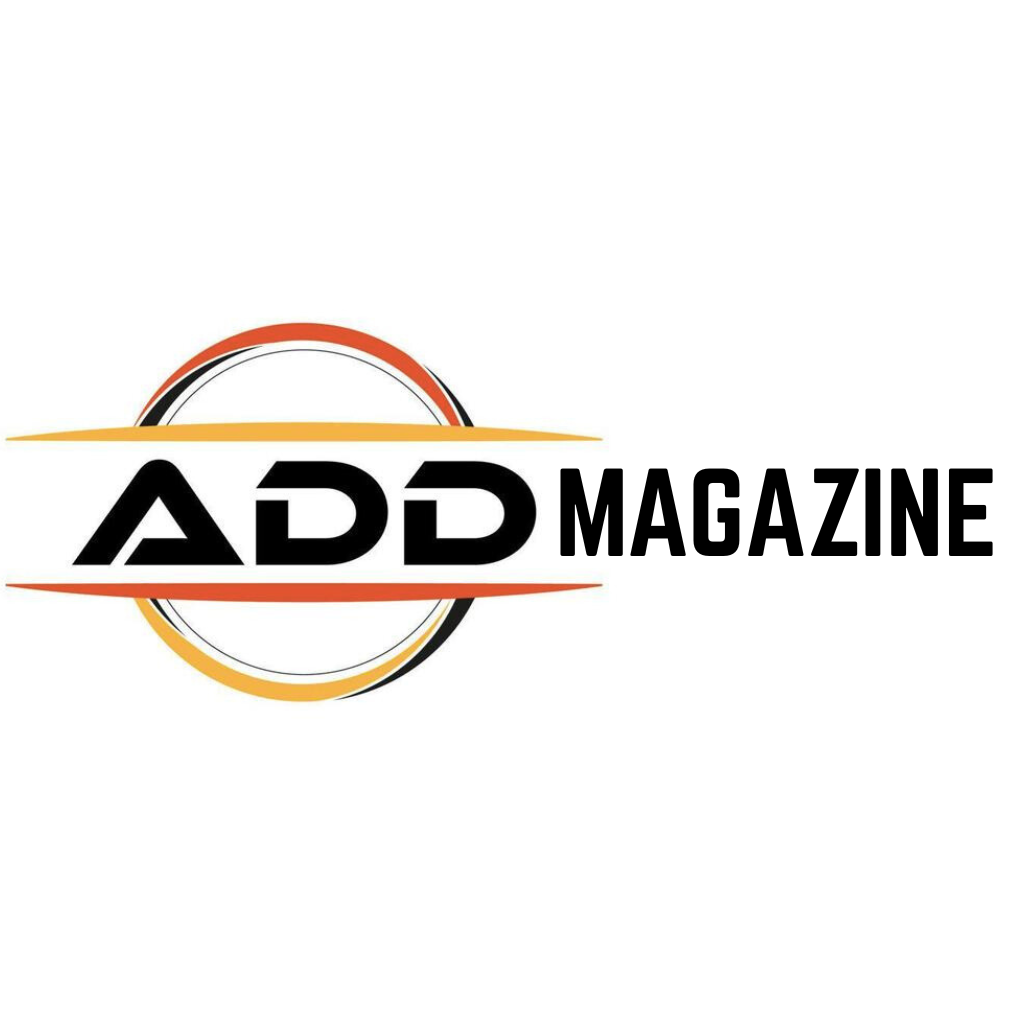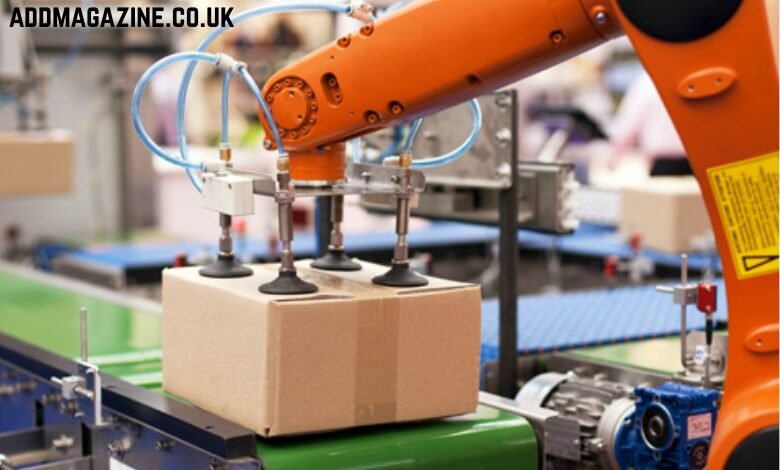In industries ranging from manufacturing and warehousing to logistics and construction, the effective movement, protection, storage, and control of materials is critical to operational success. This is where material handling equipment plays an indispensable role. By facilitating the efficient flow of goods and raw materials, it helps companies improve productivity, reduce labor costs, and enhance workplace safety.
Understanding the types, applications, and benefits of material handling equipment is essential for any business looking to optimize its operations. This guide provides an in-depth look into the equipment’s categories, selection criteria, and the impact it has on modern industrial processes.
What is Material Handling Equipment?
Material handling equipment refers to the mechanical devices, machines, and tools used to transport, store, control, and protect materials throughout manufacturing, distribution, consumption, and disposal processes. It encompasses a broad range of devices, from simple carts and conveyors to complex automated systems like robotic palletizers.
The primary objective of material handling equipment is to improve the efficiency and safety of moving goods, reducing manual labor and minimizing the risk of damage or injury.
Categories of Material Handling Equipment
Material handling equipment is generally classified into several categories based on function:
1. Transport Equipment
This category includes machinery and tools designed to move materials from one location to another. Common examples include:
- Forklifts
- Pallet jacks
- Conveyors
- Carts and trucks
- Automated guided vehicles (AGVs)
Transport equipment streamlines the flow of materials within warehouses, factories, and shipping facilities, facilitating timely production and delivery.
2. Storage Equipment
Storage equipment ensures materials are safely and efficiently stored, organized, and accessed when needed. Examples include:
- Pallet racks
- Shelving units
- Bins and containers
- Automated storage and retrieval systems (AS/RS)
Proper storage solutions maximize space utilization, protect inventory, and improve order picking accuracy.
3. Unit Load Formation Equipment
This equipment groups individual items into manageable loads for easier transport and storage. Common forms include:
- Palletizers
- Strapping machines
- Wrapping machines
- Load binders
Unit load formation enhances handling efficiency by reducing the number of movements required for bulk goods.
4. Identification and Control Equipment
This category includes devices used to track, identify, and manage materials during handling processes:
- Barcode scanners
- RFID systems
- Weighing scales
- Inventory management software
These tools improve accuracy, reduce errors, and enable real-time monitoring of inventory.
Benefits of Using Material Handling Equipment
Integrating material handling equipment into operations offers numerous advantages:
- Increased Productivity: Automated and mechanized handling speeds up the movement of materials, reducing downtime.
- Reduced Labor Costs: Equipment minimizes the need for manual labor, decreasing workforce expenses.
- Enhanced Safety: By reducing manual lifting and transport, equipment lowers the risk of workplace injuries.
- Improved Accuracy: Systems like barcode scanners and automated conveyors improve inventory control.
- Better Space Utilization: Efficient storage equipment optimizes warehouse layouts.
- Lower Material Damage: Proper handling reduces product damage and associated costs.
How to Choose the Right Material Handling Equipment
Selecting the most appropriate material handling equipment depends on various factors:
- Type of Materials: Consider weight, size, fragility, and packaging.
- Volume and Throughput: Higher volumes may require automated systems.
- Facility Layout: Space constraints influence equipment size and maneuverability.
- Operational Environment: Harsh or hazardous conditions may necessitate specialized equipment.
- Budget: Balance cost with potential return on investment.
- Safety Requirements: Compliance with safety regulations is critical.
A thorough needs assessment and consultation with equipment suppliers can help ensure the best fit for your operation.
Emerging Trends in Material Handling Equipment
The industry is evolving with advances in technology and changing business demands:
- Automation and Robotics: Increased use of robotic arms, AGVs, and automated conveyors to boost efficiency.
- IoT Integration: Smart equipment connected via the Internet of Things for real-time tracking and predictive maintenance.
- Sustainability: Energy-efficient machinery and recyclable materials reduce environmental impact.
- Ergonomic Design: Equipment designed to minimize worker strain and fatigue.
- Data Analytics: Using data collected from equipment to optimize workflows and improve decision-making.
Maintaining and Servicing Material Handling Equipment
To maximize the lifespan and reliability of material handling equipment, regular maintenance is essential. This includes:
- Routine inspections for wear and tear
- Lubrication of moving parts
- Timely repairs and replacements
- Operator training to prevent misuse
A well-maintained fleet reduces downtime, enhances safety, and protects your investment.
Conclusion
Material handling equipment is a cornerstone of efficient industrial and commercial operations. Its diverse range of tools and machines enables businesses to move, store, and manage materials effectively while improving safety and productivity. By understanding the types, benefits, and selection criteria, companies can make informed decisions that support long-term operational success.
Whether you operate a small warehouse or a large manufacturing facility, investing in the right material handling equipment is essential to streamline workflows, reduce costs, and maintain a competitive edge in today’s fast-paced market.




